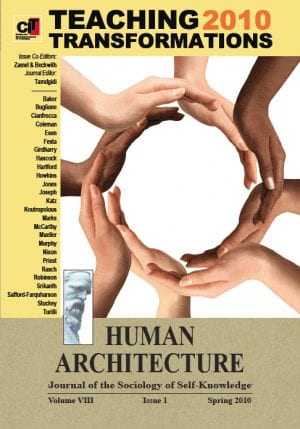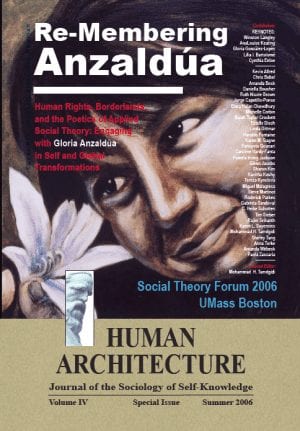Journal Article — Anti-Semitism and Islamophobia: The Formation of a Secret — by Ivan Davidson Kalmar
$15.00
Kalmar traces a sort of dialectic of demonization, a kind of a noxious ping-pong game, in the cultural history of representing Jews and Muslims in the West. The image of both had been united in a joint construction with roots in medieval Christianity, and which in the nineteenth century was racialized with the label “Semites.” This joint image of Jew and Muslim (now more specifically, Arab) included in contradictory ways and at the same time a “prophetic” and a “demonic” aspect. However, by the late nineteenth century anti-Semites robbed it of its prophetic dimension, and reduced to the demonic.
Description
Abstract
Kalmar traces a sort of dialectic of demonization, a kind of a noxious ping-pong game, in the cultural history of representing Jews and Muslims in the West. The image of both had been united in a joint construction with roots in medieval Christianity, and which in the nineteenth century was racialized with the label “Semites.” This joint image of Jew and Muslim (now more specifically, Arab) included in contradictory ways and at the same time a “prophetic” and a “demonic” aspect. However, by the late nineteenth century anti-Semites robbed it of its prophetic dimension, and reduced to the demonic. At the same time, liberal Jews struggled to achieve the opposite: to discard the demonic and to stress the prophetic in Judaism and Jewish history and at first often also in the broader Semitic, Jewish-and-Arab character. Eventually, after World War II, liberal Jews, especially in America, distanced themselves from the Semitic connection, in order to better stress how similar they were to Christians. The term “Judeo-Christian tradition” came to refer to that alleged commonality and was interpreted as the foundation of American democracy and human rights. Directly related to the growing alliance between the United States and Israel, and more recently the “war on terror” in the Middle East, this de-demonization of the Judaic, however, left a residue. The demonic aspects of the Semitic image were projected onto the other Semite: the Arab and by extension the Muslim. The ping-pong game continued, however, when many Muslims began to demonize the Jews in ways that have no foundation in Muslim history. The specific nature of contemporary Muslim anti-Semitism betrays a debt to traditional, western anti-Semitic stereotypes and hate literature.
Recommended Citation
Kalmar, Ivan Davidson. 2009. “Anti-Semitism and Islamophobia: The Formation of a Secret.” Pp. 135-144 in Historicizing Anti-Semitism (Human Architecture: Journal of the Sociology of Self-Knowledge: Volume VII, Issue 2, 2009.) Belmont, MA: Okcir Press (an imprint of Ahead Publishing House).
The various editions of Historicizing Anti-Semitism can be ordered from the Okcir Store and are also available for ordering from all major online bookstores worldwide (such as Amazon, Barnes&Noble, and others).
Read the Above Publication Online
You can read the above publication free-access online, by clicking the PDF icon below.








